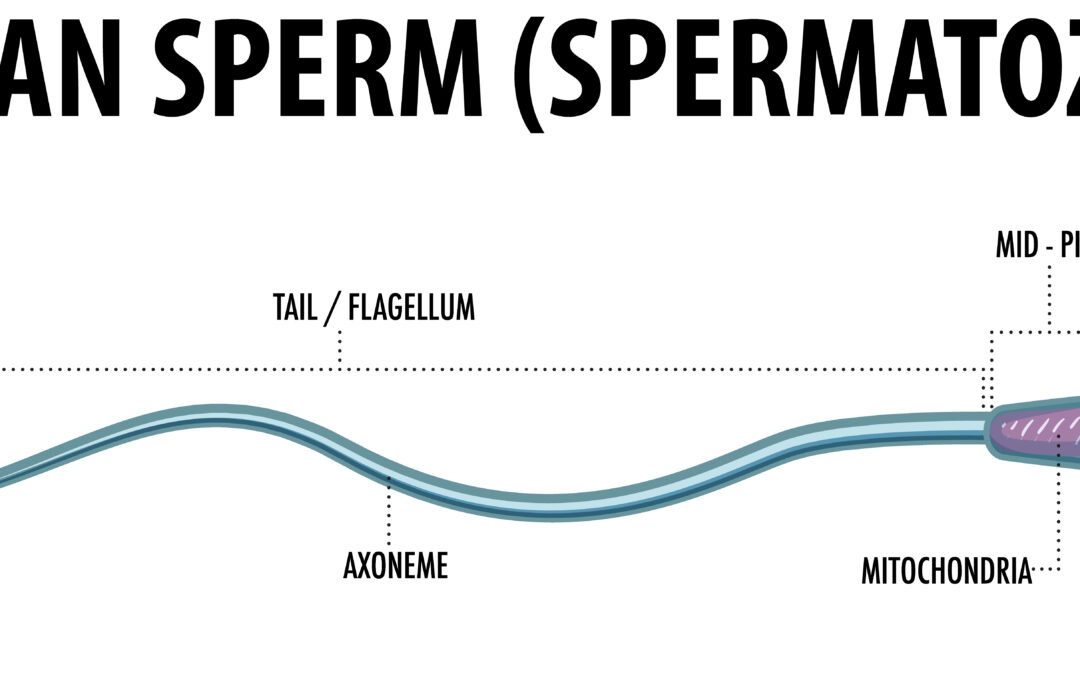Azoospermia
zoospermia is a medical condition found in men that is characterized by the absence of sperm in the ejaculate.This is often diagnosed when a couple is experiencing difficulties in conceiving and can be a significant cause of male infertility.
The condition can be categorized into two types: obstructive azoospermia, where there is a blockage preventing sperm from entering the ejaculate, and non-obstructive azoospermia, which is usually due to a problem with sperm production.
Sign and symptoms of azoospermia
Signs and symptoms of azoospermia can often be subtle or entirely absent, as the condition does not typically affect sexual function. It is frequently discovered only when a couple encounters difficulties conceiving. However, some indicators that may suggest the presence of azoospermia include:
- Low semen volume: A reduced amount of fluid during ejaculation may hint at a possible blockage or ejaculatory duct problem.
- Swelling or pain in the testicular area: These could be signs of an obstruction or other underlying conditions that can lead to azoospermia.
- Hormonal imbalances: Symptoms such as decreased facial or body hair or other symptoms related to testosterone deficiency might suggest a hormonal issue affecting sperm production.
- History of reproductive organ infections: Previous infections like epididymitis or sexually transmitted infections can raise suspicion for azoospermia.
- Genetic conditions: Known genetic issues, such as Klinefelter syndrome or cystic fibrosis, may also play a role in non-obstructive azoospermia.
It is essential for men experiencing such symptoms, especially when attempting to conceive, to consult a healthcare professional for an accurate diagnosis and potential treatment plans.
Types of Azoospermia
There are primarily two main types of azoospermia, each with distinct causes and treatment approaches:
Obstructive Azoospermia (OA): This type occurs when there is a blockage in the male reproductive tract that prevents sperm from being present in the ejaculate. The blockage can be due to various factors, including congenital abnormalities, infections, or injuries. Surgical procedures can often rectify OA, thus allowing for the natural passage of sperm.
Non-Obstructive Azoospermia (NOA): In NOA, the testes are unable to produce sufficient sperm to reach the ejaculate, which can be due to genetic defects, hormonal disorders, or environmental factors. Treatment for NOA may include medical therapy to stimulate sperm production or surgical methods to retrieve sperm directly from the testicular tissue for assisted reproduction techniques
Different Factors Causing Azoospermia
Azoospermia can be caused by a variety of factors that can affect sperm production or the passage of sperm. These factors include:
- Genetic Abnormalities: Chromosomal disorders such as Klinefelter’s syndrome can impair testicular development and function.
- Infections: Infections like STIs, mumps, or prostatitis can lead to blockages or damage the reproductive organs.
- Hormonal Imbalances: Anomalies in hormonal levels, particularly those hormones that regulate testicular function, can interfere with sperm production.
- Ejaculatory Duct Obstruction: Conditions such as cysts or scar tissue can block the ducts that semen passes through.
- Varicocele: Enlarged veins within the scrotum can overheat the testicles and affect sperm creation.
- Medications: Certain drugs, particularly those used in chemotherapy or anti-inflammatory medications, can affect sperm production.
- Environmental Factors: Exposure to toxins, heavy metals, and radiation can negatively impact sperm production and overall fertility.
- Lifestyle Choices: Factors such as excessive alcohol consumption, smoking, and the use of illicit drugs can contribute to reduced sperm quality and production.
- Immune System Disorders: In some cases, the body’s immune system may mistakenly target sperm cells as harmful invaders and eliminate them.
Understanding these diverse causes is vital for the development of targeted and effective treatment strategies for azoospermia.
How to Cure Azoospermia
Treating azoospermia is highly dependent on its underlying cause, and as such, a tailored approach is vital. Here are several potential treatment paths:
- Hormonal Treatments: For those with hormonal imbalances, therapies aimed at correcting these anomalies can sometimes stimulate sperm production.
- Surgical Intervention: Obstructions in the reproductive tract can often be removed surgically, allowing sperm to pass into the ejaculate.
- Assisted Reproductive Technologies (ART): In cases of non-obstructive azoospermia, procedures like Testicular Sperm Extraction (TESE) paired with In Vitro Fertilization (IVF) or Intracytoplasmic Sperm Injection (ICSI) might be used to achieve pregnancy.
- Lifestyle Changes: Improving overall health through diet, exercise, avoiding toxins, and reducing stress can sometimes improve sperm production.
- Medication Changes: Reviewing and adjusting medications that harm sperm production under a doctor’s guidance is recommended.
It’s imperative for individuals to engage with a fertility specialist to explore the most appropriate treatment for their specific situation.
Best Supplements for Azoospermia
While medical treatment is primary for addressing azoospermia, certain supplements may aid in improving sperm health and production. The following have been identified as potentially beneficial:
Coenzyme Q10 (CoQ10): An antioxidant that can improve sperm count and motility.
Vitamin D: Linked with testosterone levels, Vitamin D may have a role in enhancing sperm quality.
Zinc: Essential for normal testicular function, hormone levels and a factor in sperm production.
Folic Acid: Usually used in conjunction with zinc to improve sperm health.
Selenium: An antioxidant that plays a role in sperm formation.
Omega-3 Fatty Acids: Improves sperm quality by reducing oxidative stress.
L-Carnitine: It’s believed to support the normal function of sperm cells.
It’s important to note that supplements alone are not a cure for azoospermia, and individuals should consult with their healthcare provider before starting any new supplement regimen, particularly when dealing with infertility concerns.
